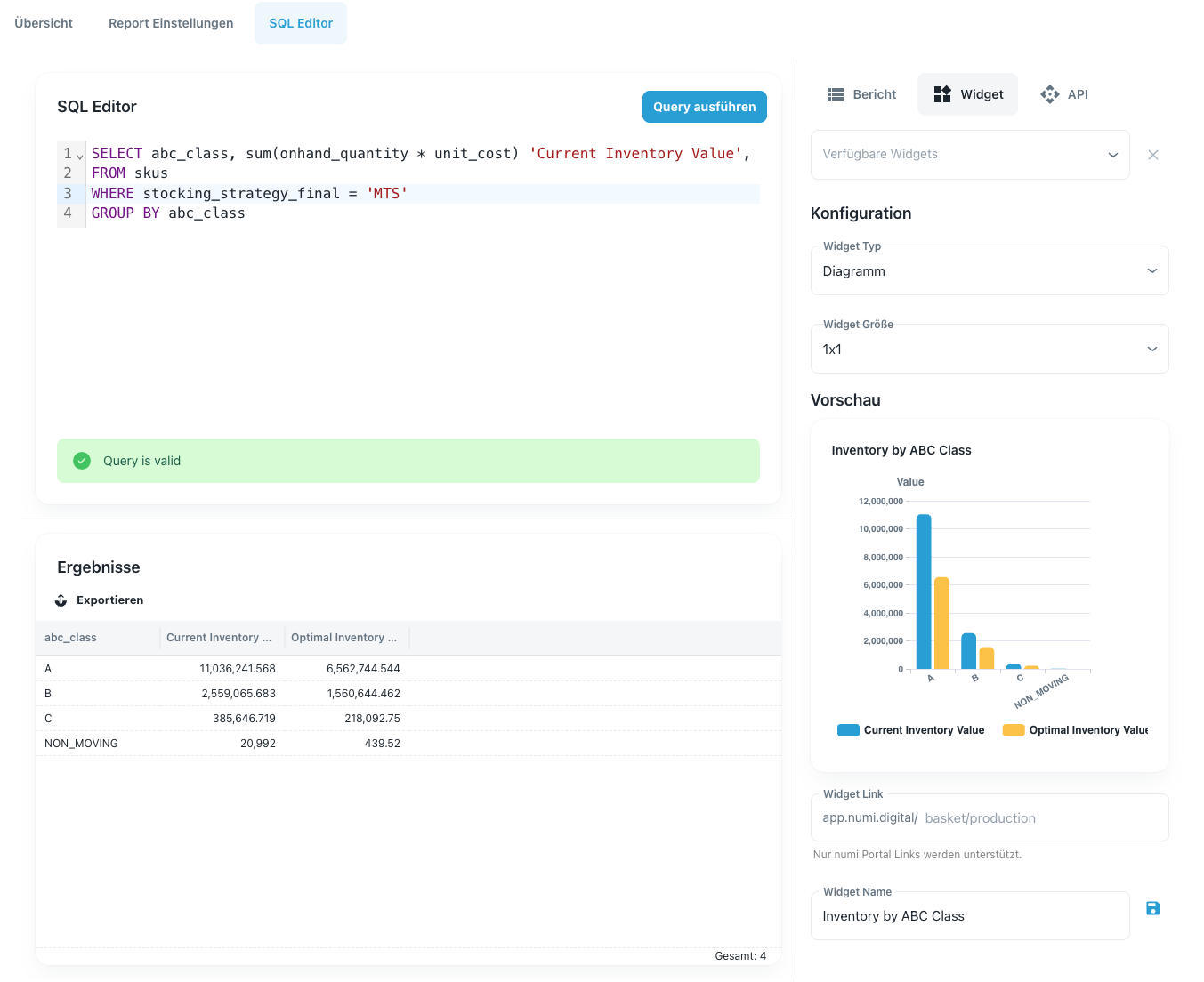
Monatlicher Überblick – Port-Automation Pulse, EU-Due-Diligence-Kehrtwende, G7-Steuer-Waffenstillstand & Apples Lieferketten-Zittern

Moritz Krol
07 Jul 2025
Der Sommer ist da — und mit ihm eine frische Welle an Supply-Chain-Storylines
Mit der laufenden UEFA Frauen-EM in der Schweiz und der Tour de France, die bereits die alpinen Serpentinen erklimmt, ist Europas Sommerenergie unübersehbar. Doch während Bälle fliegen und Ausreißergruppen sich bilden, verfolgen Supply-Chain- und Logistik-Profis ihr eigenes Drama — von sich verschiebenden Energie-Sicherheitsmeldungen bis zu überraschenden regulatorischen Neuentwürfen.
Nachrichten, auf die man achten sollte
1. Apples China-zentrierte Lieferkette erneut unter Beschuss
Ein vielgelesener Handelsblatt-Essay warnt, dass der iPhone-Hersteller „seine Zukunft verspielen könnte“, wenn er zwei zusammenlaufende Risiken nicht entschärft: den Zoll-Druck aus der Trump-Ära und eine hinterherhinkende KI-Roadmap. Analysten im Artikel argumentieren, Apple montiere weiterhin über 90 % aller iPhones in China, was die Margen exponiert, falls das Weiße Haus die diskutierten 25 %-Zölle auf Geräte umsetzt; gleichzeitig ziehen Rivalen bei On-Device-AI davon, die maßgeschneiderte Chips und neue Lieferantenfähigkeiten erfordert. Ergänzende Branchenberichte stellen fest, dass Apple begonnen hat, die Produktion von Premium-Modellen nach Indien zu verlagern und 500 Mrd. US-Dollar für US-Standorte vorgesehen hat—doch die Replikation des dichten chinesischen Zuliefer-Ökosystems wird ein mehrjähriger Kraftakt. Kurz: Die vielgerühmte Lieferkettenmaschine aus Cupertino wirkt plötzlich weniger unantastbar.
2. G7 einigt sich auf Kompromiss im Streit um die US-Global-Minimum-Tax
Die Finanzminister der G7 erzielten einen nächtlichen Kompromiss, der die bestehenden US-Regeln zur 15 %-Mindestbesteuerung als konform mit dem OECD-„Pillar Two“-Regime anerkennt. Im Gegenzug sagten republikanische Abgeordnete zu, Section 899 aus dem Entwurf des One Big Beautiful Bill zu streichen — eine Vergeltungsabgabe, die zusätzliche Zölle auf Importe aus Ländern verhängt hätte, die das OECD-Framework nutzen. Der Schritt beseitigt eine große Unsicherheitswolke für multinationale Unternehmen mit transatlantischen Lieferketten und verhindert einen Sommer gegenseitiger Strafzölle, die Häfen just zum Peak-Season-Start hätten blockieren können. Europäische Branchenverbände begrüßten den Waffenstillstand als „Planungssicherheit, die wir endlich in Verträge einpreisen können.“
3. Deutschland stuft Gas-Versorgungsalarm herunter
Nur zwei Jahre nachdem Berlin angesichts des Energie-Schocks nach dem Ukraine-Krieg die „Alarmstufe“ ausgerufen hatte, hat Wirtschaftsministerin Katharina Reiche den Status wieder auf „Frühwarnstufe“ zurückgesetzt. Speicherfüllprogramme verlangsamen sich, die Preise stabilisieren sich um 34 €/MWh, und Behörden betonen, dass Marktmechanismen die Flüsse wieder ausbalancieren können. Die Frühwarnstufe bleibt vorsorglich bestehen, aber für Logistikplaner ist die Botschaft klar: LNG-Routen und industrielle Energiepläne wirken deutlich weniger fragil mit Blick auf Q4.
4. Der EU-Rat will die Corporate Sustainability Due-Diligence Directive entschärfen
In einem nächtlichen Kompromiss einigten sich die Mitgliedstaaten auf ein Verhandlungsmandat, das Pflichten auf Lieferantenebene reduziert, die Haftung auf direkte Tier-1-Partner beschränkt und die Durchsetzung stärker in nationale Hauptstädte verlagert. Kritiker sagen, die Änderung zerstöre das ursprünglich angestrebte Level Playing-Field und könnte die Compliance in 27 Regelwerke zersplittern; Unternehmen begrüßen die geringere Bürokratie. NGOs haben den Text bereits als „Weak-Chain-Law“ bezeichnet — ein Vorgeschmack auf intensive Trilog-Verhandlungen nach der Sommerpause.
5. Der US-Kongress schlägt Alarm bei seltenen Erden
Beim Axios-Forum „Future of Defense“ warnten Senatoren und Vertreter der Rüstungsindustrie, dass die US-Abhängigkeit von chinesischen seltenen Erden inzwischen ein strategisches Frontlinienrisiko darstellt. Vorschläge reichten von sektorbezogenen FTAs für kritische Mineralien bis zu KI-gestütztem Supply-Chain-Mapping für das „Replicator“-Drohnenprogramm des Pentagon. Der parteiübergreifende Tenor: Resilienzförderung und Friend-Shoring-Anreize werden vor dem Haushaltszyklus 2026 beschleunigt. Erwartet wird eine steigende Nachfrage nach europäischen und australischen Verarbeitern.
6. „Europa könnte eine Provinz Chinas werden“, sagt der AMG-Lithium-Chef
Während seine Hydroxid-Raffinerie in Sachsen hochfährt, kritisierte CEO Stefan Scherer Brüssel für mangelnde Durchsetzungskraft im Critical Raw Materials Act. Ohne temporäre Zölle oder Steuererleichterungen, argumentiert er, blieben Green-Tech-Lieferketten weiterhin chinesisch dominiert — und gefährdeten Klimaziele wie industrielle Wettbewerbsfähigkeit. Die Aussagen heizen die Debatte an, ob die EU den aggressiven Lokalisierungsansatz des US-Inflation Reduction Act kopieren sollte.
7. Yusen Logistics führt FourKites’ NIC-Place-Visibility-Plattform ein
Die europäische Healthcare-Sparte von Yusen hat ein Echtzeit-Tracking für temperaturgeführte Transporte über ihr Carrier-Netzwerk mithilfe von FourKites’ NIC-Place implementiert. Das Upgrade verspricht bessere Lane-Performance, vereinfachte GDP-Compliance und schnellere Ausnahmebehandlung — ein passendes Timing, da die Transportmengen für Impfstoffe wieder steigen. Analysten sehen darin ein weiteres Zeichen dafür, dass granularer IoT-Einblick in der Pharmalogistik vom „Nice-to-Have“ zum Standard wird.
Research Radar — vier Studien, die man sich merken sollte
- Stakeholders’ Attitudes toward Container-Terminal Automation: Maritime Economics & Logistics, 25. Juni 2025. Umfrage zeigt Unterstützung von Carrier- und Regierungsseite, aber große Gewerkschaftsskepsis; nützlich für Social-Licence-Risikoanalysen.
- „AI Meets Spend Classification“: Journal of Purchasing & Supply Management 31 (3). LLM-unterstützte Spend-Cubes liefern 30 % schnellere Durchlaufzeiten und weniger manuelle Neukodierungen.
- COVID-19’s Lingering Bullwhip: arXiv, 4. Juni 2025. Ökonometrische Analyse zeigt, dass die Nachfrage-Signalverstärkung in 67 US-Sektoren weiterhin 42 % über dem Vor-Pandemie-Niveau liegt.
- Generative-AI Credit Models for 3PL-Led SCF: arXiv, 18. Juni 2025. Conditional Generative Modelling plus DeepFM reduziert Fehler bei der Zahlungsausfallprognose um 18 %.
Kurze Take-Aways
- Politische Atempause … vorerst. Deutschlands gesenkte Gaswarnstufe, der abgeschwächte EU-Due-Diligence-Entwurf und der G7-Steuerkompromiss nehmen kurzfristigen Kosten- und Zoll-Druck — zeigen aber, wie schnell Regeln kippen können.
- Geografierisiko zurück auf der C-Suite-Agenda. Apples China-lastige Struktur zeigt, dass selbst die bestgeölten Lieferketten über Nacht zu Risiken werden können; erwartet verstärkte Board-Debatten über regionale Konzentration.
- Sicherheit schlägt Nachhaltigkeit. Von US-Gesetzen zu seltenen Erden bis zu Rohstoffwarnungen in Berlin — Resilienz-Investitionen überholen 2025 die grünen Vorgaben in den Kapitalbudgets.
- Dateninfrastruktur entscheidet. Stimmungsanalysen zur Hafenautomatisierung, LLM-gestützte Spend-Cubes und Echtzeit-Cold-Chain-Visibility zeigen: Geschwindigkeit der Erkenntnis — mehr als Flottengröße — trennt mittlerweile Leader von Laggards.
Was gibt’s Neues bei numi
Während Europa Etappensiege und Elfmeterschießen feierte, arbeiteten unsere Engineers an vier Upgrades, die numi schneller, intelligenter und persönlicher machen:
- Prognosen auf Champions-League-Niveau. Wir haben ein neues Set an Algorithmen ausgerollt — frisch vom Kaggle-Podium — die Genauigkeitsniveaus liefern, die zuvor Data-Science-Wettbewerben vorbehalten waren. Erwartet präzisere Safety-Stock-Ziele und weniger böse Überraschungen in der GuV.
- Ein Frontend gebaut für Geschwindigkeit. Die gesamte UI wurde neu entwickelt und verkürzt Ladezeiten selbst für Multi-Millionen-Datensätze drastisch.
- Modellwahl, die zum Demand-DNA passt. Planer können nun numi automatisch — oder manuell — den besten Algorithmus pro SKU-Familie auswählen lassen, ob bei intermittierenden MRO-Teilen oder schnell drehenden Fashion-Basics.
- DIY-Home-Screen-Widgets. Drag-and-Drop-Kacheln akzeptieren jetzt benutzerdefinierte SQL-ähnliche Queries, sodass ihr eigene Charts, Tabellen oder KPI-Karten bauen und neben den Built-Ins anpinnen könnt. Euer Cockpit, eure Regeln.

Gemeinsam bedeuten diese Features: smartere Forecasts, schnellere Workflows und ein Workspace, der sich eurer Art, über Supply Chains nachzudenken, anpasst. Taucht ein — und sagt uns, was ihr als Nächstes baut!
Events
Da weite Teile Europas in der traditionellen Sommerpause sind, legt der Messekalender eine kurze Ruhephase ein — unsere nächsten Event-Updates gibt’s, wenn es im August wieder losgeht.